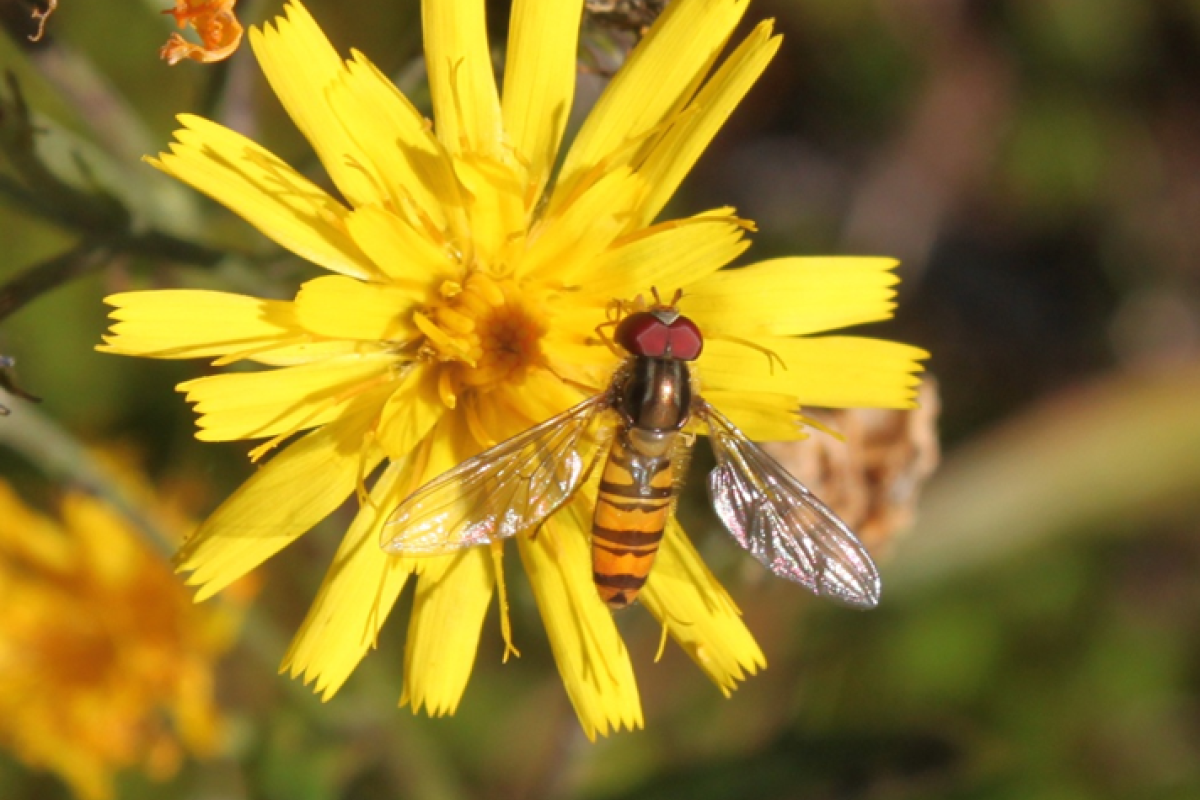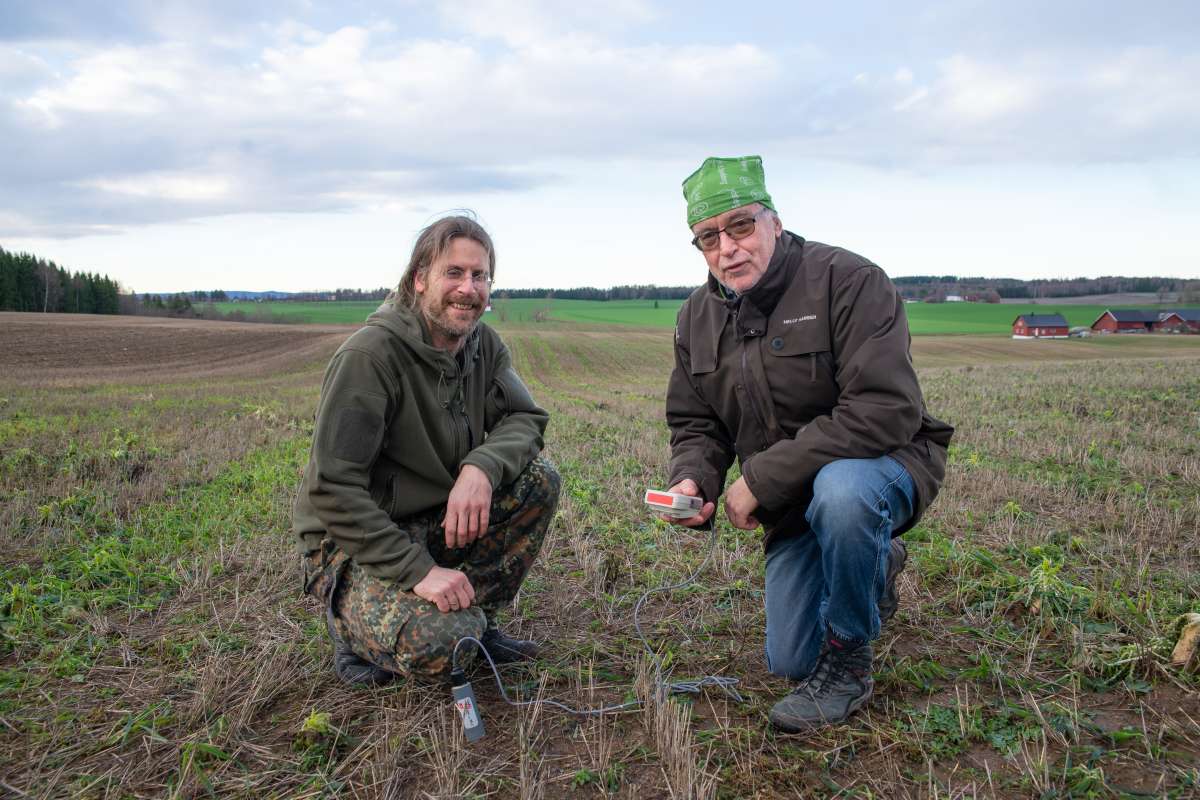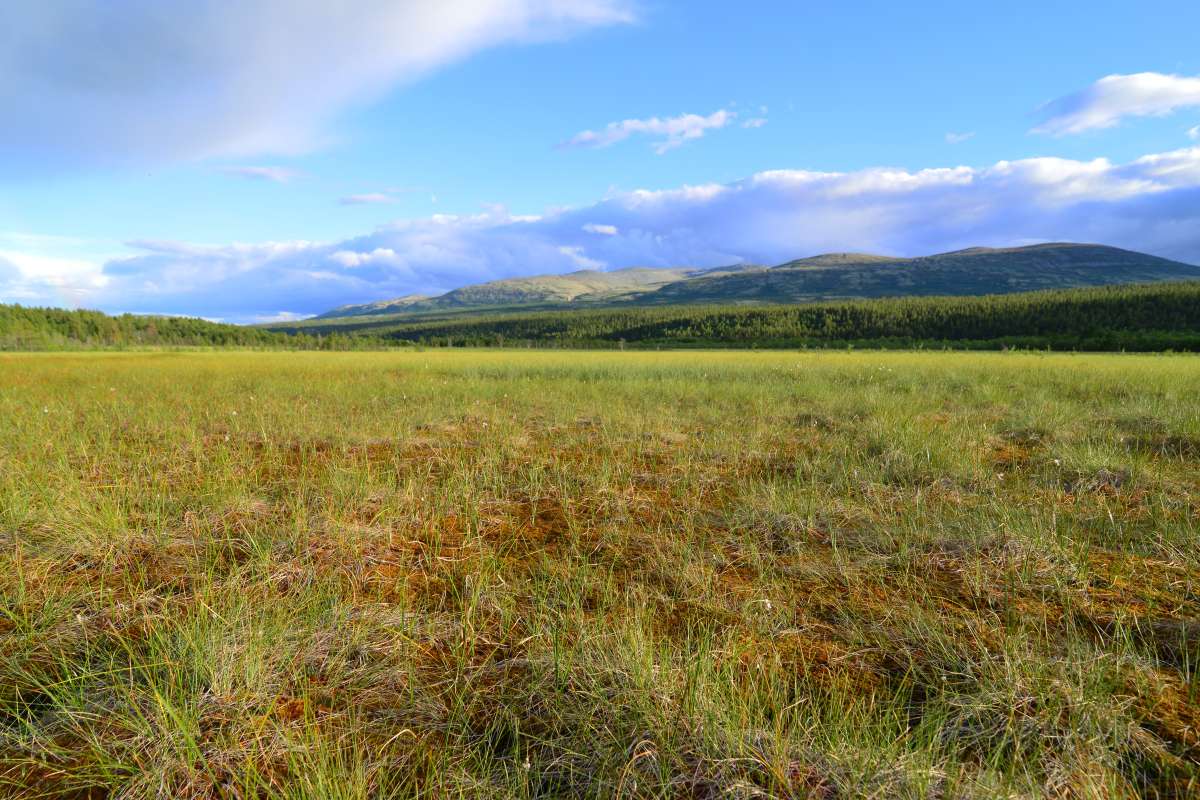Norwegian-Romanian collaboration on peatland restoration

Norwegian and Romanian project participants gathered at Melkefoss in the Pasvik Valley. Photo: Morten Günther.
Norwegian and Romanian researchers are collaborating on the restoration of peatlands and wetlands in Romania. In late February, participants met for a project meeting at NIBIO in Ås before visiting Svanhovd in the Pasvik Valley together.
Romania is known for its diverse landscape and rich biodiversity. It is home to more than 33,000 animal species and 3,700 plant species. The vast forests in the Carpathian Mountains host Europe's largest population of large predators and 40% of all mammal species on the continent.
For the past three years, NIBIO has been collaborating with The Research and Development Institute for Wildlife and Mountain Resources (ICDCRM) - a relatively new research institute located in Miercurea Ciuc, a small town with 35,000 inhabitants in eastern Transylvania.
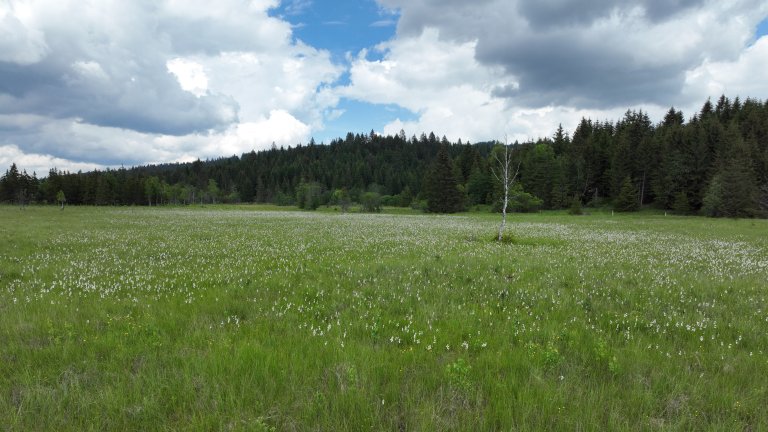
RePeat - Restoration of Wetlands and Peat Bogs in the Midregion
The RePeat project has been ongoing since spring 2022 and is now in its final phase. The goal has been to halt the loss of biodiversity and restore wetlands and peat bogs in central parts of Romania.
In the 1960s and 70s, various drainage measures were implemented to facilitate more agricultural land. Now, researchers are working to restore the marsh areas and reintroduce water.
“In the project, we are working with 13 bogs in 12 different areas”, says Ágnes Keresztesi, scientific director at ICDCRM.
“All the marsh areas are in the counties of Covasna and Harghita, a few hours' drive north of the capital city Bucharest.”
One of the measures has been to recreate the natural vegetation, including removing alien and invasive species. Researchers have also collected seeds from typical bog plants.
“We have installed electric fences to keep grazing animals away from the restored areas”, says Keresztesi.
“In addition, we have established new drinking wells so that cows can access water outside the marsh areas.”
“In collaboration with schools in the area, we have collected garbage and conducted awareness-raising activities to increase awareness of the functions and value of marsh areas. In addition, we have established nature trails and posters with information about bog formation, vegetation, and wildlife in the area.”
“Peat bogs are important for both plants and animals. They also play a very important role in carbon storage.”
The RePeat project is led by ICDCRM and carried out in collaboration with NIBIO and The National Agency for Natural Protected Areas (ANANP) in Romania.
.png)
Satellite data shows that the project has already yielded results
Using Remote Sensing (RS) technology, researchers can observe the effects of various measures on groundwater levels and wetland development. NIBIO has analysed satellite data to compare the characteristics of the restored areas in 2016 and 2023.
"The analysis indicates that the restored peat areas have generally become wetter," says NIBIO researcher Robert Barneveld.
"The marshes retain water for longer periods than before restoration. These results demonstrate that the project has already had a positive effect on wetland hydrology after a short implementation phase."
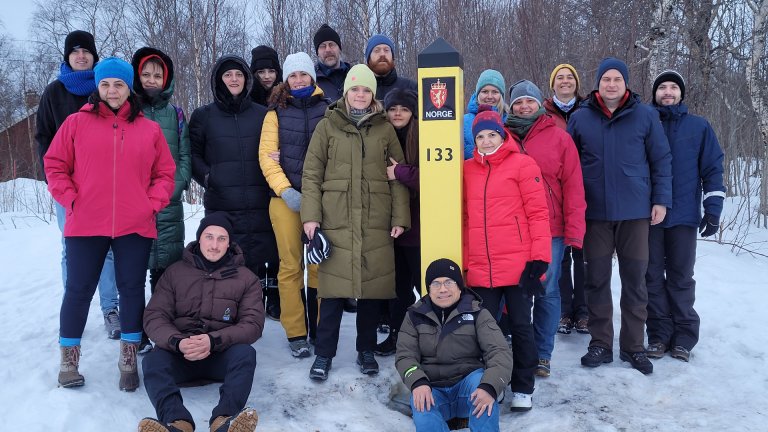
Visited Norway and the Pasvik Valley
Ágnes Keresztesi and 15 colleagues from ICDCRM and the Romanian Ministry of Environment, Water, and Forests visited Norway in late February.
The first stop was NIBIO's headquarters in Ås, where they participated in a professional workshop with presentations from Norwegian and Romanian researchers. Then the journey went north to Kirkenes and the Pasvik Valley. Over four days, the Romanians learned more about NIBIO Svanhovd and the station's various research activities. They visited the national park exhibition and the DNA laboratory. They also heard lectures on peatland and soil projects at NIBIO Svanhovd, brown bears and the rich birdlife in the border area.
There was also time for a visit to Kirkenes and a bus tour along the Russian border. Here, they visited, among other places, the Melkefoss power plant and Skrøytnesmyra - a typical Lapland raised bog with varied vegetation and rich birdlife.
However, there was no northern lights this time.
Contacts
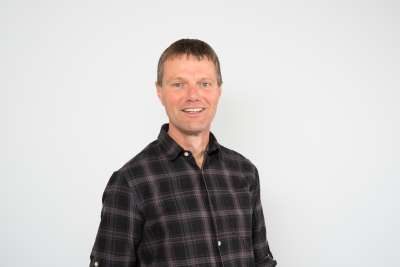

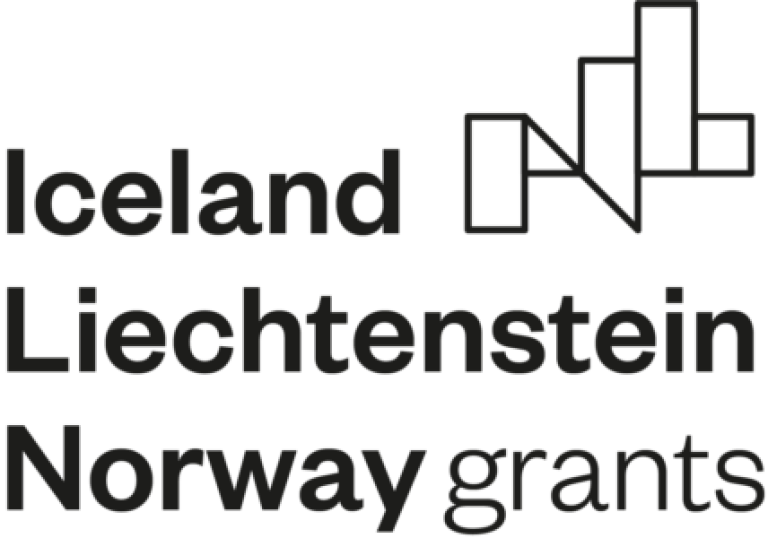
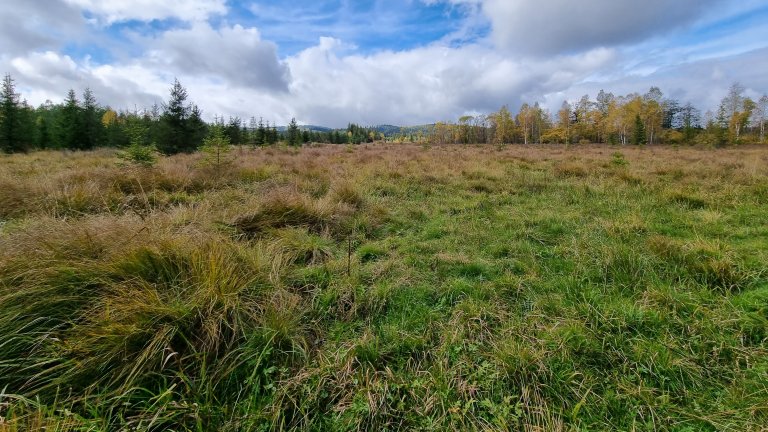
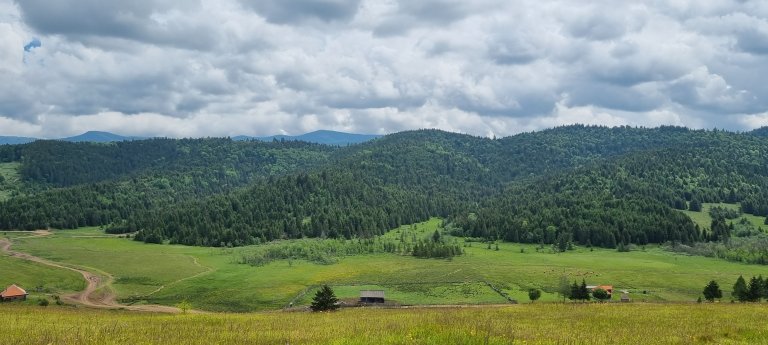

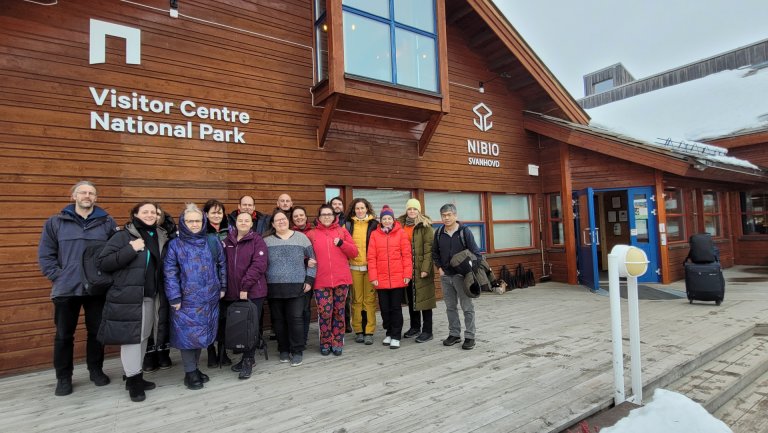
Contacts



